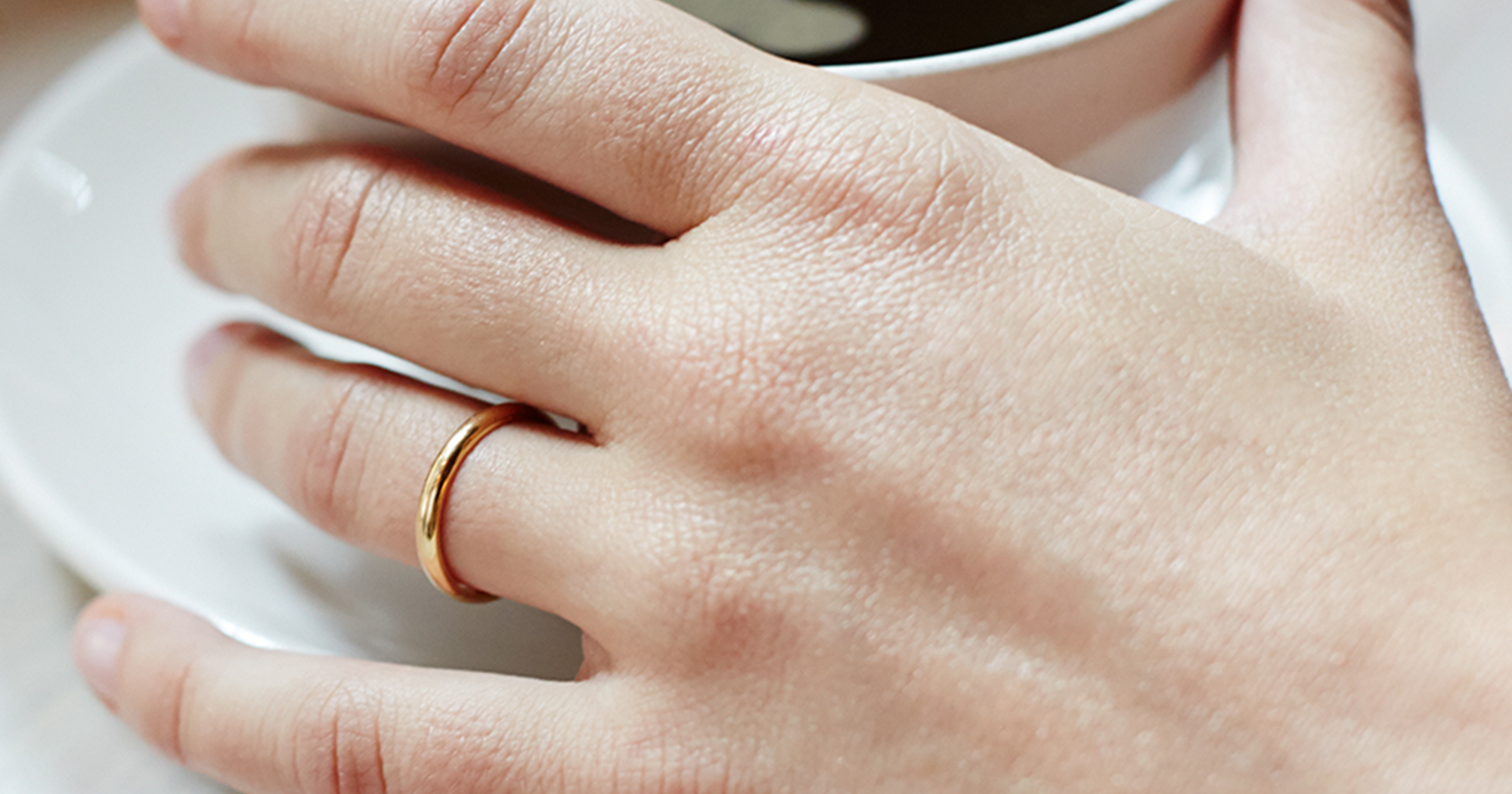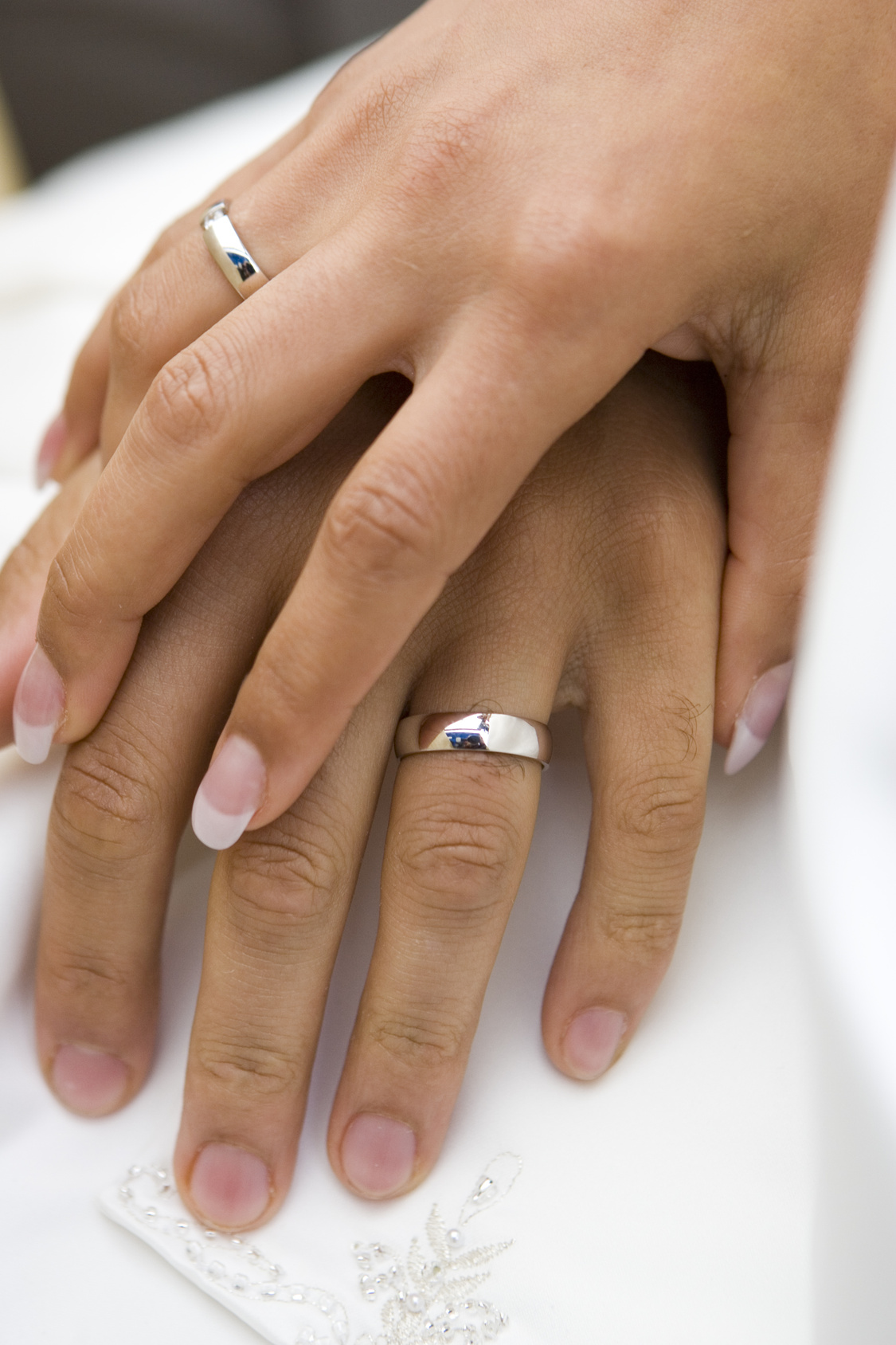Wedding Ring Finger

The custom of wearing a wedding ring on a specific finger varies across cultures and over time. In ancient times, rings were worn on various fingers as symbols of commitment and love. However, the tradition of wearing a wedding ring on a particular finger is believed to have originated from ancient Egypt.

Ancient Egypt

The Egyptians believed that the “vena amoris,” or “vein of love,” runs from the fourth finger on the left hand directly to the heart. Therefore, they wore wedding rings on this finger to symbolize the eternal connection between two people.
Roman Empire
The Romans adopted the Egyptian tradition and continued to wear wedding rings on the fourth finger of the left hand. This practice spread throughout their vast empire and influenced many cultures.
Christian Tradition
Early Christians adopted the Roman practice and associated the wearing of wedding rings with the Trinity. The ring represents the uninterrupted circle of God, the couple, and their love for each other.
Modern Western Tradition
In most Western countries today, including the United States, Canada, and Europe, the wedding ring is worn on the fourth finger of the left hand. This tradition remains strong and is widely recognized as a symbol of marriage and commitment.
Variations
While the fourth finger of the left hand is the most common choice for a wedding ring, there are some variations across cultures. In some countries, such as Germany and Brazil, wedding rings are worn on the fourth finger of the right hand. In India, married women traditionally wear their wedding rings on the second finger of their right hand.
Symbolic Meaning
The wedding ring is a powerful symbol that represents:
- Commitment: The ring is a physical representation of the commitment and bond between two people.
- Love: The ring symbolizes the love and devotion that the couple has for each other.
- Unity: The unbroken circle of the ring signifies the couple’s unity and the creation of a new family unit.
- Fidelity: The ring serves as a reminder of the couple’s pledge to remain faithful and true to each other.
- Eternity: The ring’s circular shape represents the endless nature of love and the hope for a long and happy marriage.
Other Fingers
In some cultures or personal preferences, people may choose to wear wedding rings on other fingers:
- Fourth finger of the right hand: This is a less common choice, but some people believe that it represents the “right-hand path” or the correct and traditional way of doing things.
- Index finger: In certain indigenous cultures, wedding rings may be worn on the index finger as a symbol of power and authority.
- Thumb: Some people wear wedding rings on their thumbs as a statement of individuality or because it is more comfortable for them.
Ultimately, the choice of which finger to wear a wedding ring on is a personal one and may vary based on cultural, religious, or individual preferences. However, the underlying meaning and symbolism of commitment, love, unity, fidelity, and eternity remain the same.## Wedding Ring Finger
Executive Summary
The wedding ring finger is a significant symbol of love, commitment, and unity. The tradition of wearing a wedding ring on this finger has a long and fascinating history, dating back to ancient times. In this article, we will explore the origins, cultural significance, and symbolism of the wedding ring finger.
Introduction
Throughout history, the selection of the wedding ring finger has been influenced by cultural beliefs, traditions, and symbolism. While the custom of wearing wedding rings on the fourth finger of the left hand is widely practiced in Western cultures, other regions have adopted different traditions. Understanding the reasons behind these variations provides a glimpse into the diverse cultural and social aspects associated with this special finger.
FAQs
1. Why is the wedding ring worn on the fourth finger of the left hand?
In most Western cultures, the wedding ring is worn on the fourth finger of the left hand because it is believed that a vein from this finger, known as the “vena amoris” (vein of love), runs directly to the heart. This belief has been attributed to the ancient Roman philosopher Pliny the Elder.
2. Are there any cultural variations in the choice of wedding ring finger?
Yes, there are variations in the choice of wedding ring finger across different cultures. For instance, in some Eastern European countries, such as Russia and Ukraine, wedding rings are traditionally worn on the right hand. In India, the wedding ring is commonly worn on the fourth finger of the right hand.
3. What does the wedding ring symbolize?
The wedding ring symbolizes love, commitment, fidelity, and the union of two individuals. It serves as a tangible representation of the vows exchanged during the marriage ceremony.
Subtopics
Origin of the Tradition
- Ancient Egyptians believed that the fourth finger of the left hand contained a vein that led directly to the heart, making it the ideal finger for a symbol of love and commitment.
- The Greeks adopted this belief and referred to this finger as the “finger of Apollo,” the god of music and healing, who was often depicted wearing a ring on this finger.
- The Romans continued the tradition, and the practice spread throughout Europe during the Middle Ages.
Cultural Significance
- In Western cultures, the wedding ring finger is a symbol of marital status and commitment.
- In some Asian cultures, the wedding ring is seen as a symbol of protection and good luck.
- In certain African traditions, the wedding ring represents the bride’s transition from her family to her husband’s family.
Symbolism of the Fourth Finger
- The fourth finger is associated with the element of water, which symbolizes emotions and fluidity.
- In numerology, the number four represents stability and balance.
- The circular shape of the ring represents eternity and the unending nature of love.
Other Beliefs
- Some people believe that wearing a wedding ring on the left hand indicates that the wearer is taken, while wearing it on the right hand means they are single or available.
- In some cultures, it is believed that taking off a wedding ring can bring bad luck or misfortune.
- Certain superstitions hold that the wedding ring should be worn on the correct finger to ensure a happy and prosperous marriage.
Conclusion
The wedding ring finger is a potent symbol that transcends cultural and historical boundaries. Its significance as a representation of love, commitment, and unity has endured for centuries. Understanding the origins, cultural variations, and symbolism associated with the wedding ring finger enriches our appreciation for this enduring tradition. May it continue to serve as a cherished symbol of the bonds we forge with our loved ones.
Keyword Tags
- Wedding ring finger
- Vena amoris
- Wedding ring symbolism
- Cultural variations in wedding ring finger
- Origin of wedding ring tradition







